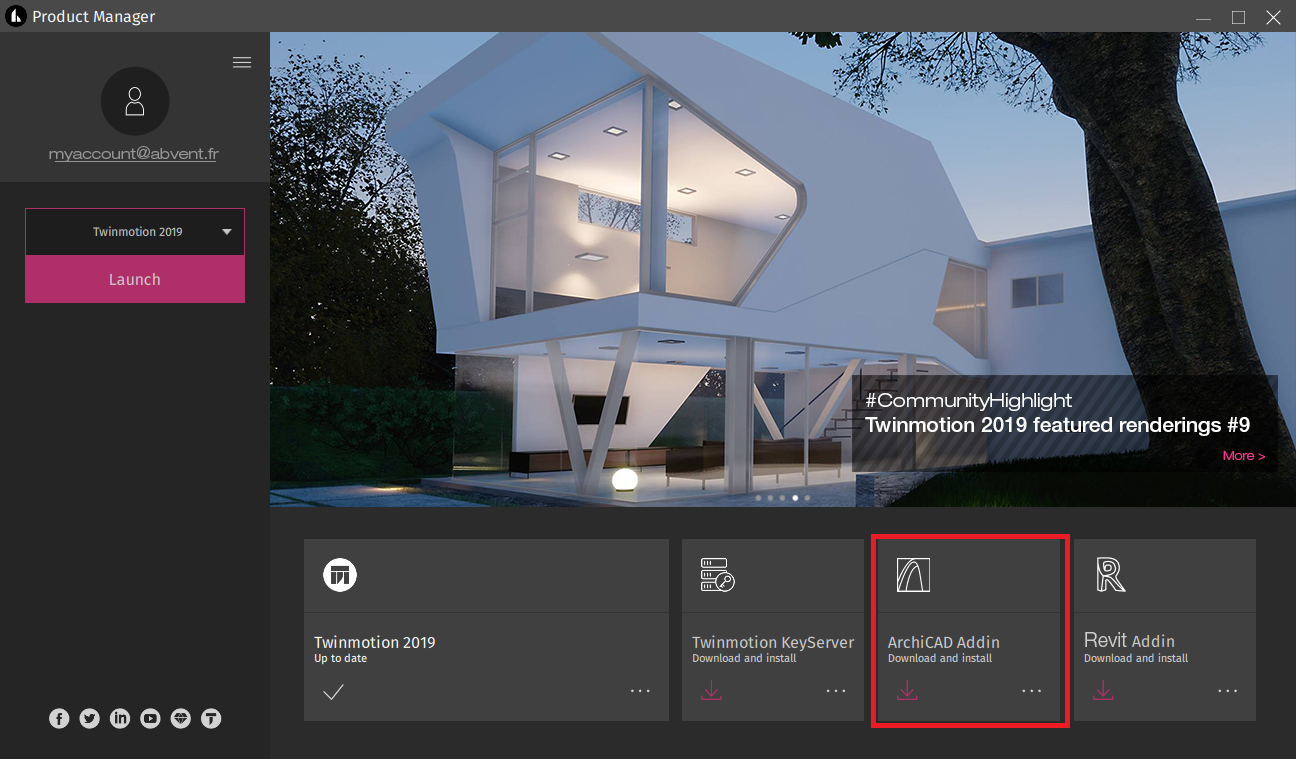

Speed is one of the biggest issues in BIM today and CAD managers have to spend their time working out strategies to handle large unwieldy datasets to keep projects on track. This move has driven us back to trying to squeeze every last drop of performance out of our workstations. Just when we started thinking we had more than enough power on the desktop, and file exchange ‘just worked’, the industry moved to BIM, which combines 3D geometry, proprietary databases, parametric constraints and rich layers of metadata, requiring lots of RAM and processing power. Even back in the good old days of 2D CAD, drafters wanted the latest Intel x86 workstations, with ‘masses’ of RAM (4MB) and powerful graphics cards, albeit ones capable of providing only SVGA in 256 colours.

Speed is something that designers have always striven for with their tools. Tabbed workspaces make it much easier to flip between sections, model view, drawing view, render or elevations


 0 kommentar(er)
0 kommentar(er)
